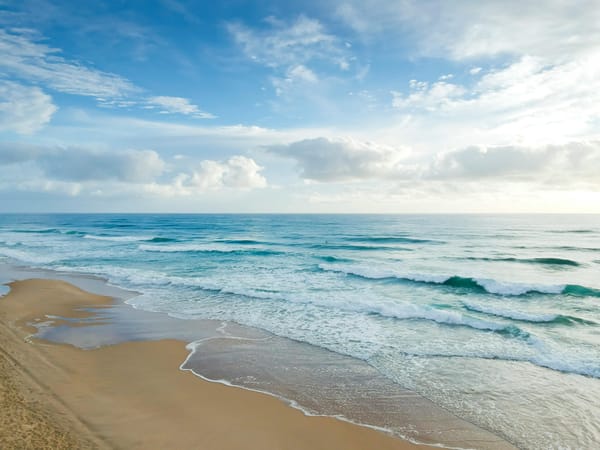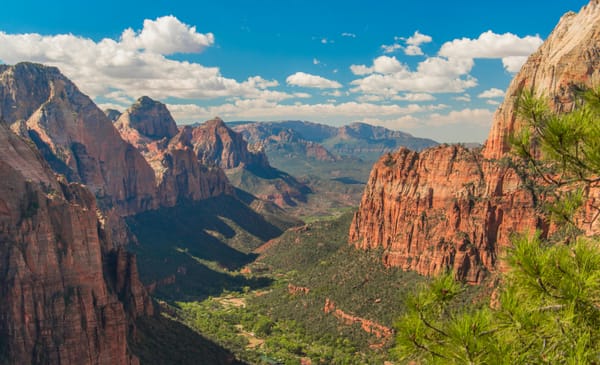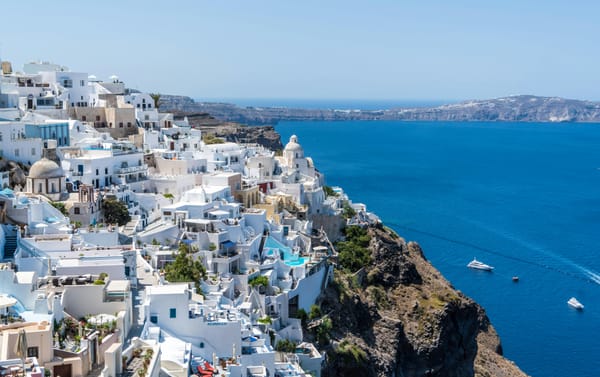Tuesday☕️
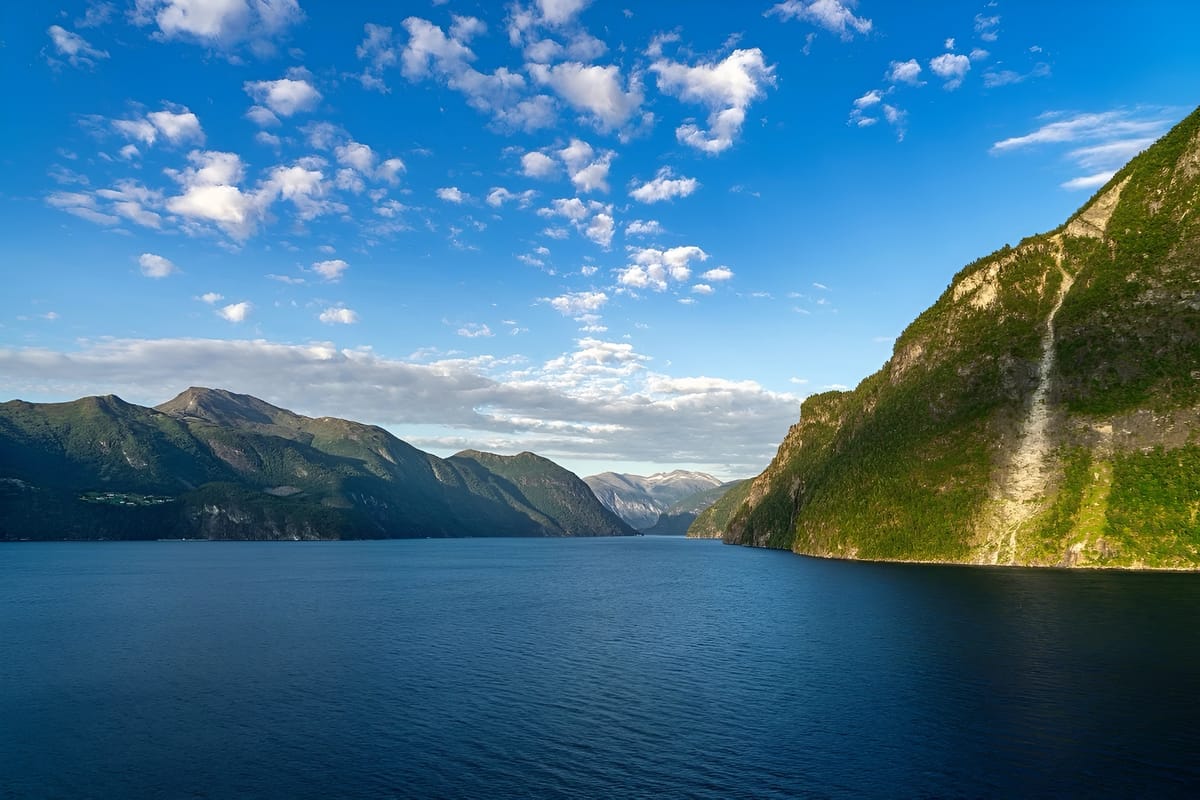
Trending:
- China has recently intervened to halt a $22.8 billion deal that would have allowed BlackRock, a U.S.-based asset management firm, to purchase two key ports near the Panama Canal—Balboa and Cristobal—from CK Hutchison Holdings, a Hong Kong-based conglomerate. Earlier this year, on March 4, 2025, BlackRock announced it had reached an agreement to acquire these ports, along with CK Hutchison’s controlling stakes in 43 other ports across 23 countries. The proposed transaction was framed as a significant expansion of BlackRock’s infrastructure portfolio and drew attention due to the strategic importance of the Panama Canal, a critical hub for global trade. However, China’s subsequent actions have stalled the deal, reflecting broader tensions over influence in international trade networks.
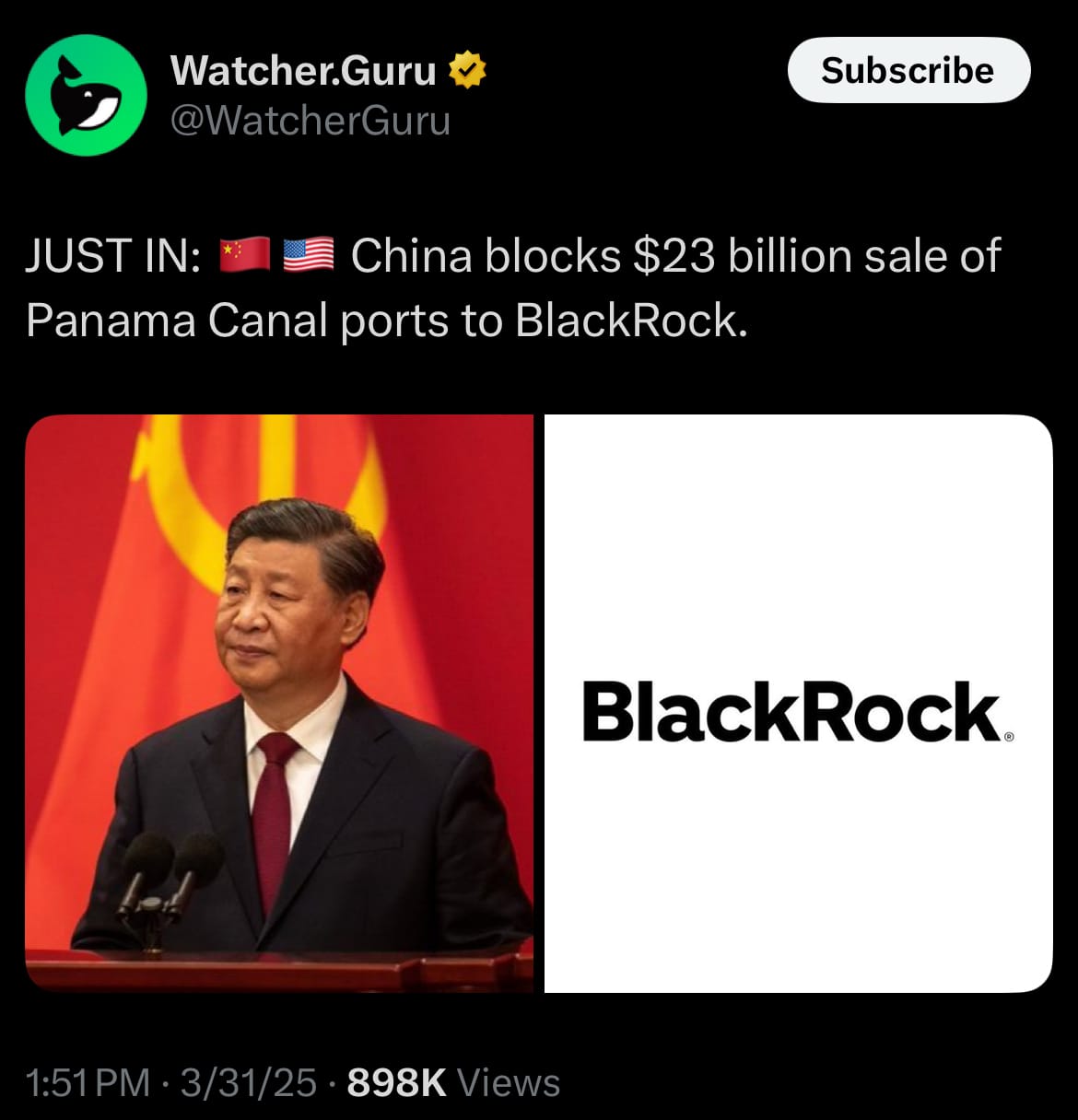
- China’s response included public statements from state media and a regulatory review by its State Administration for Market Regulation, focusing on antitrust concerns and market fairness. This scrutiny came despite the ports’ location outside mainland China, raising questions about the scope of Beijing’s jurisdiction. CK Hutchison, facing pressure from these developments, delayed the deal’s scheduled signing on April 2, with reports by March 28 indicating the transaction might not proceed. The initial BlackRock announcement had highlighted the commercial potential of the acquisition, but China’s involvement has shifted focus to the geopolitical stakes, given the Panama Canal’s role in facilitating a significant portion of global maritime traffic, including a substantial share of U.S. container shipments. The outcome remains uncertain as both economic and strategic interests continue to intersect.
Economics & Markets:
- Yesterday’s U.S. stock market:
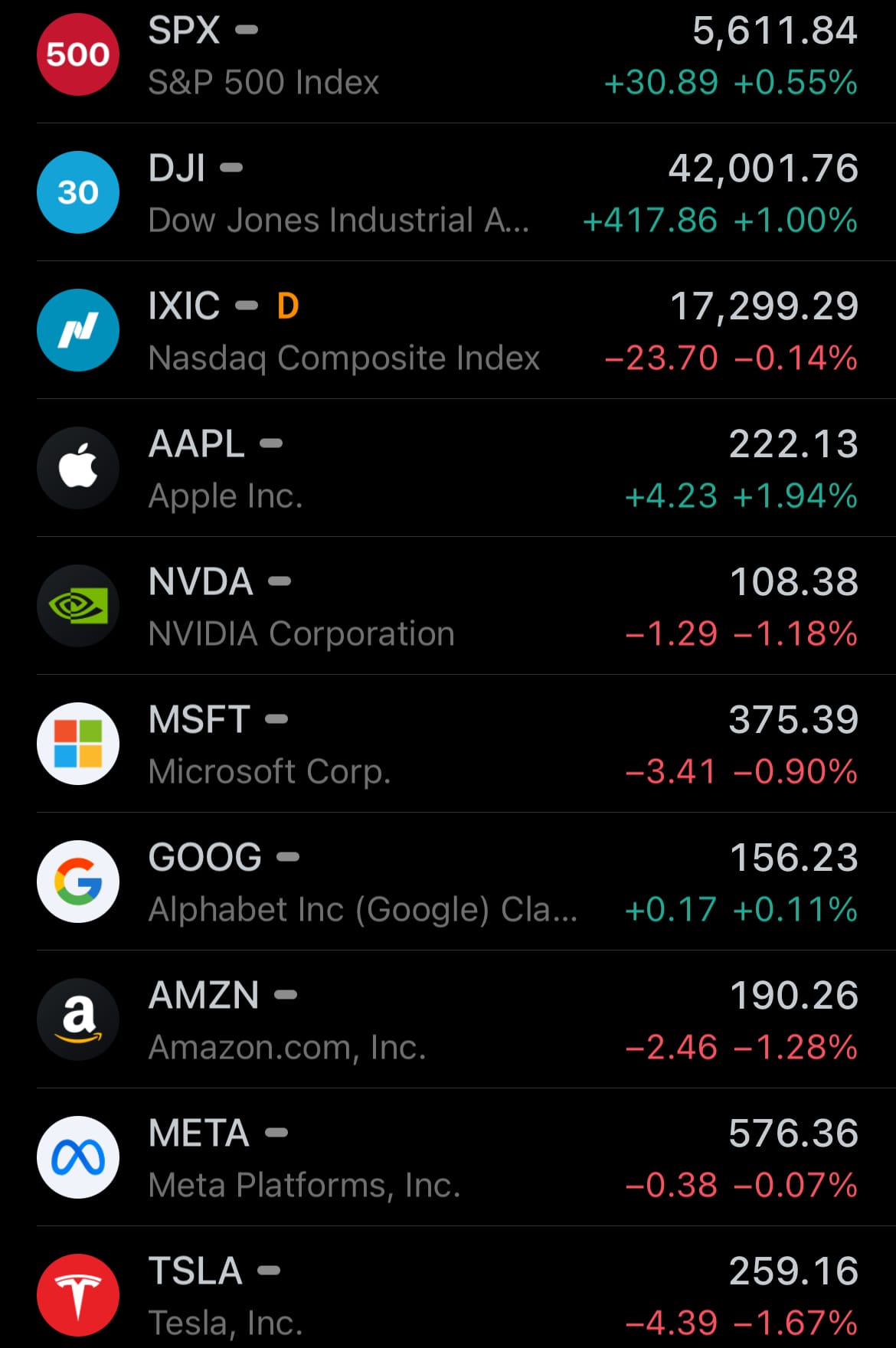
- Yesterday’s commodity market:
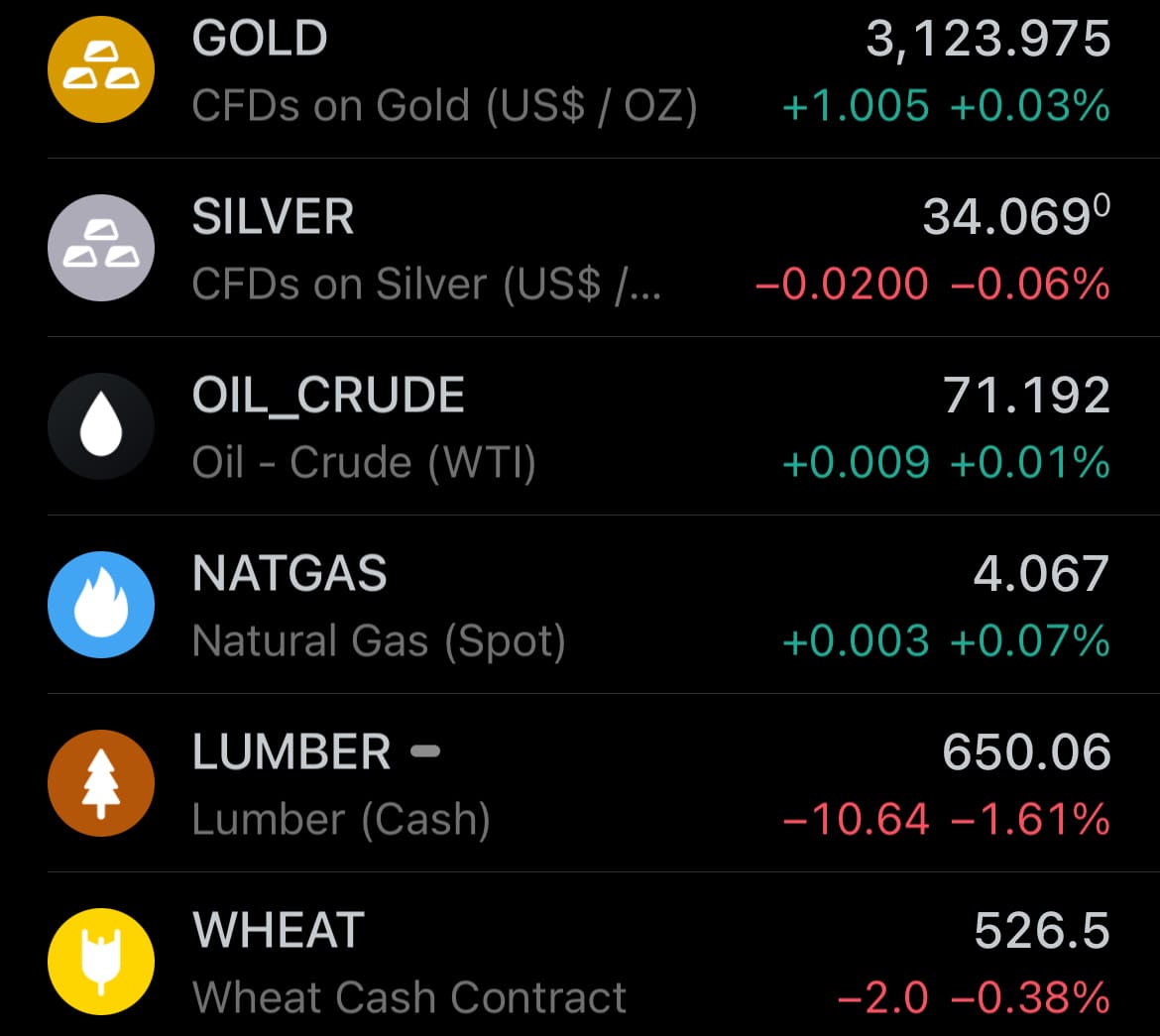
- Yesterday’s crypto market:
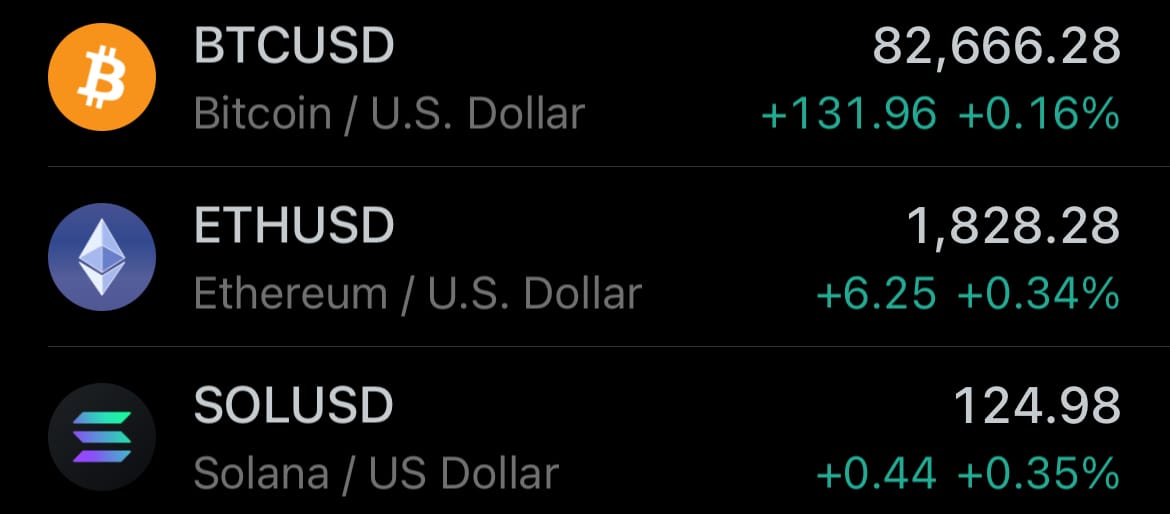
Geopolitics & Military Activity:

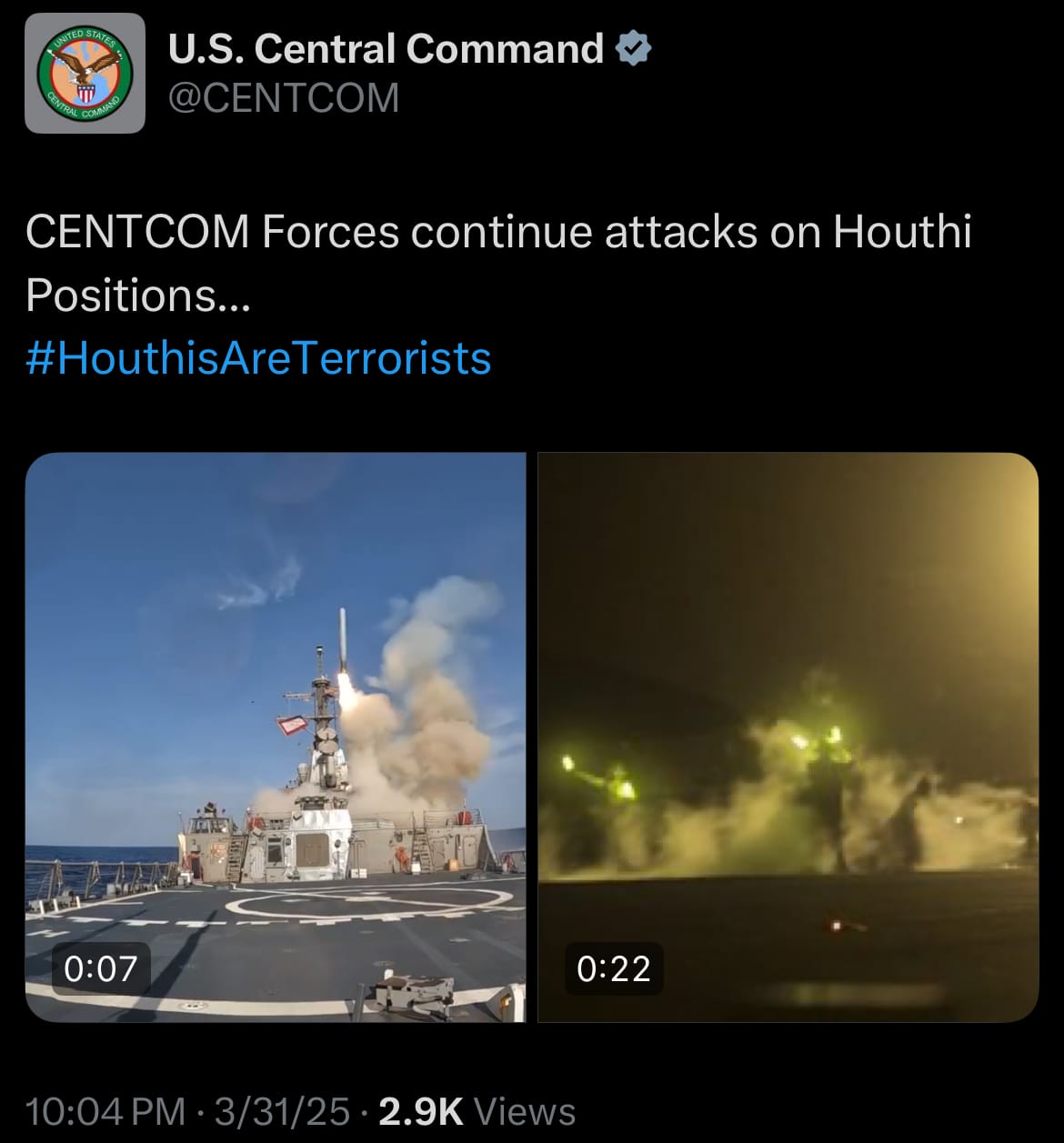
Environment & Weather:
- Yesterday, March 31, 2025, a powerful weather system brought heavy rainfall to the Greek islands of Paros and Mykonos, resulting in widespread flooding. In Paros, the deluge overwhelmed local infrastructure, submerging roads and creating strong currents that carried away debris, furniture, and vehicles. Emergency services, including firefighters and local police, were deployed to conduct rescue operations, assisting residents stranded in homes or vehicles. The flooding affected low-lying areas most severely, with water levels reported to reach up to one meter in some locations, according to initial accounts from local authorities.
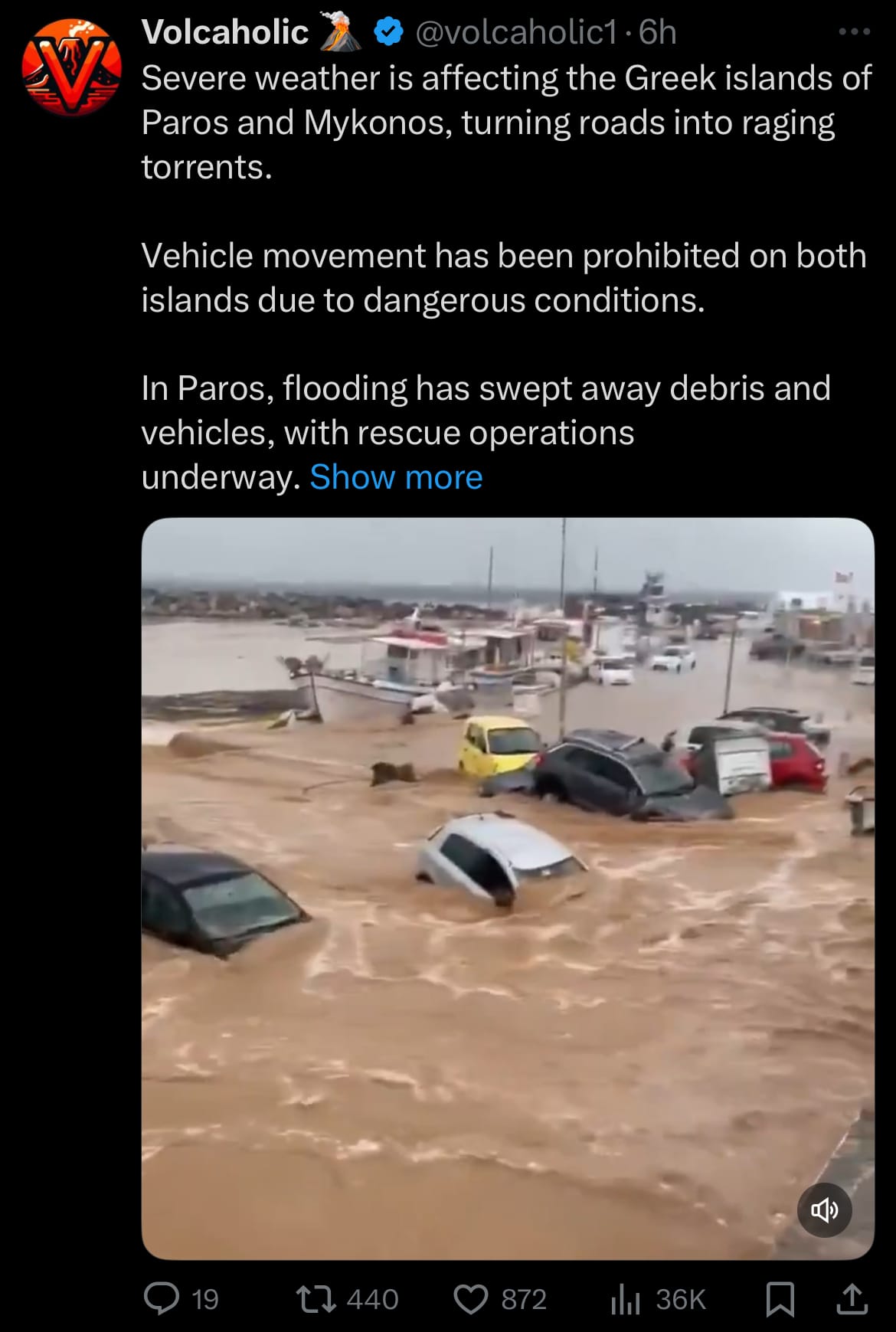
- As the storm moved eastward, it reached Mykonos later in the day, delivering equally intense rainfall and triggering similar flooding. The island’s narrow streets and coastal roads became impassable, leading officials to issue an emergency alert through the 112 service, banning all vehicle movement. This restriction was mirrored on Paros, where the prohibition had already been enacted earlier in response to deteriorating conditions. Both islands are now under close monitoring, with meteorological reports indicating the system may persist into today, though its full impact remains under assessment.
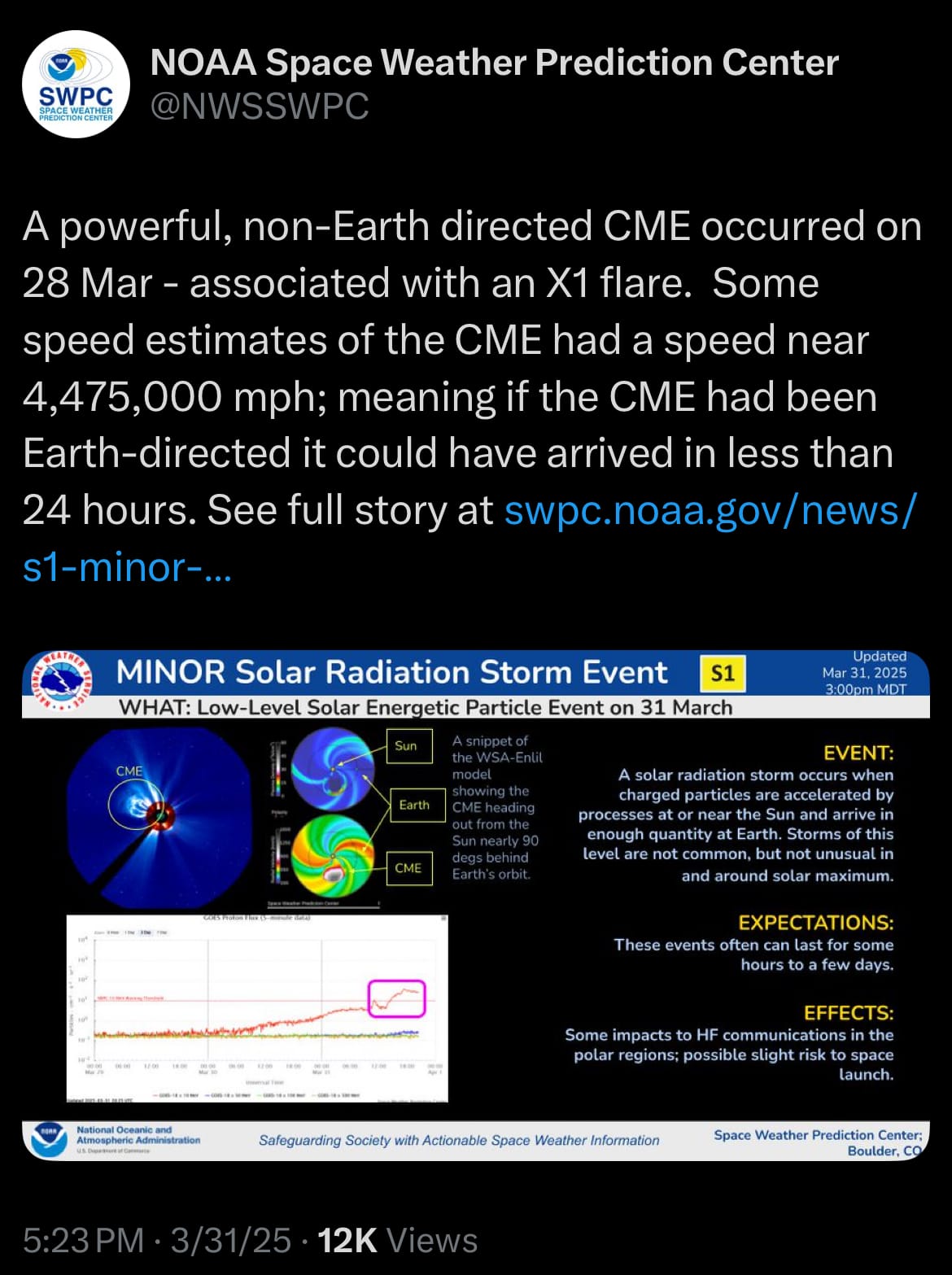
Space:
- Yesterday, March 31, 2025, SpaceX launched the Starlink Group 6-80 mission from Space Launch Complex 40 at Cape Canaveral Space Force Station carrying 28 Starlink satellites into low-Earth orbit. The booster, B1080, on its 17th flight, separated after launch and landed on the “Just Read the Instructions” droneship in the Atlantic Ocean, approximately 571 kilometers away. This landing was recorded as SpaceX’s 425th successful booster recovery.
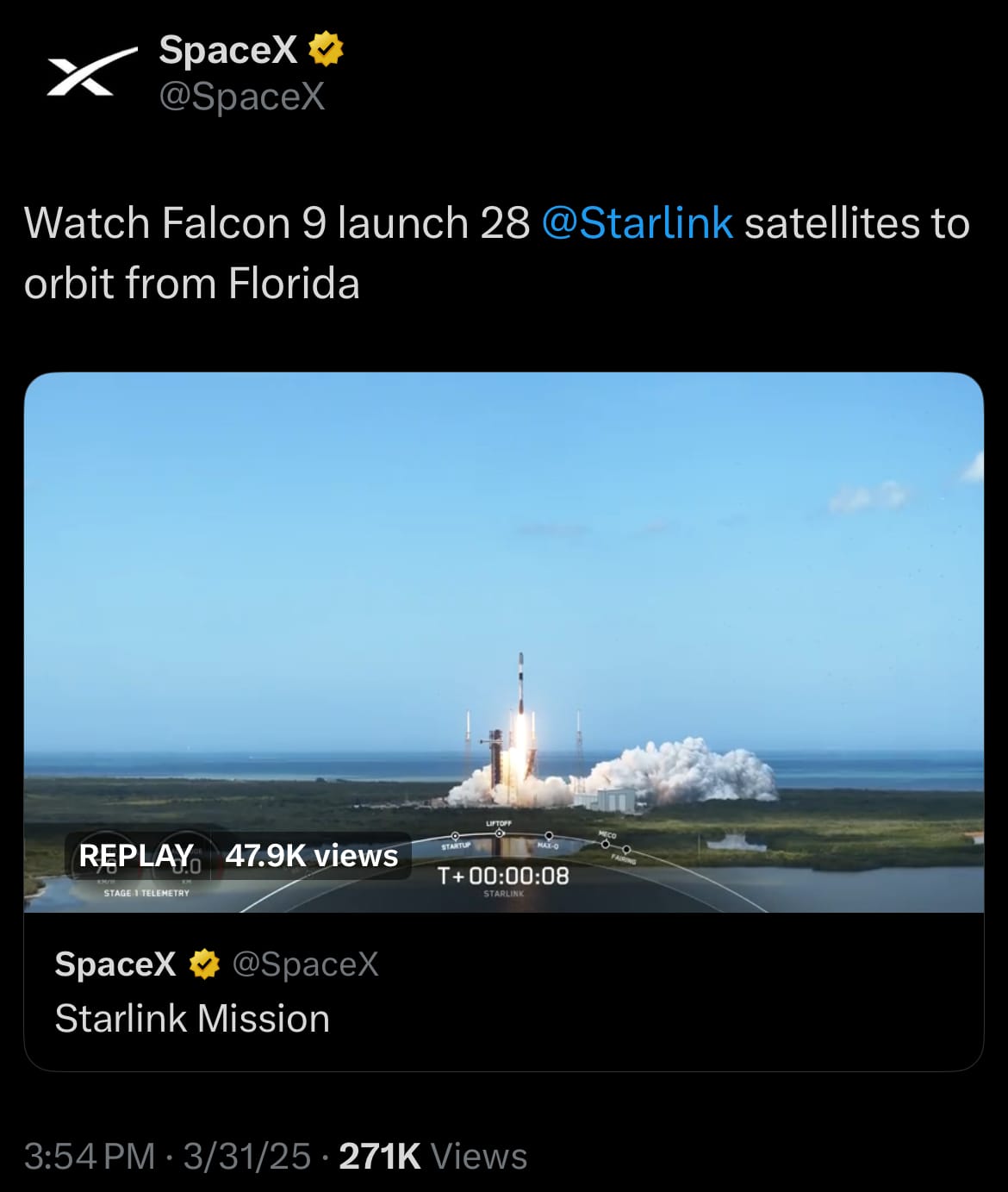
- The second mission of the day, Fram2, took off from Launch Complex 39A at NASA’s Kennedy Space Center, Florida. A Crew Dragon spacecraft, launched by a Falcon 9 rocket, carried four astronauts: Chun Wang from Malta as commander, Jannicke Mikkelsen from Norway as vehicle commander, Eric Philips from Australia as pilot, and Rabea Rogge from Germany as mission specialist. The spacecraft entered a polar orbit with a 90-degree inclination, a path that crosses over the Earth’s poles, for a three-day mission. Named after a Norwegian polar research ship, this was the first crewed mission to use this orbit.
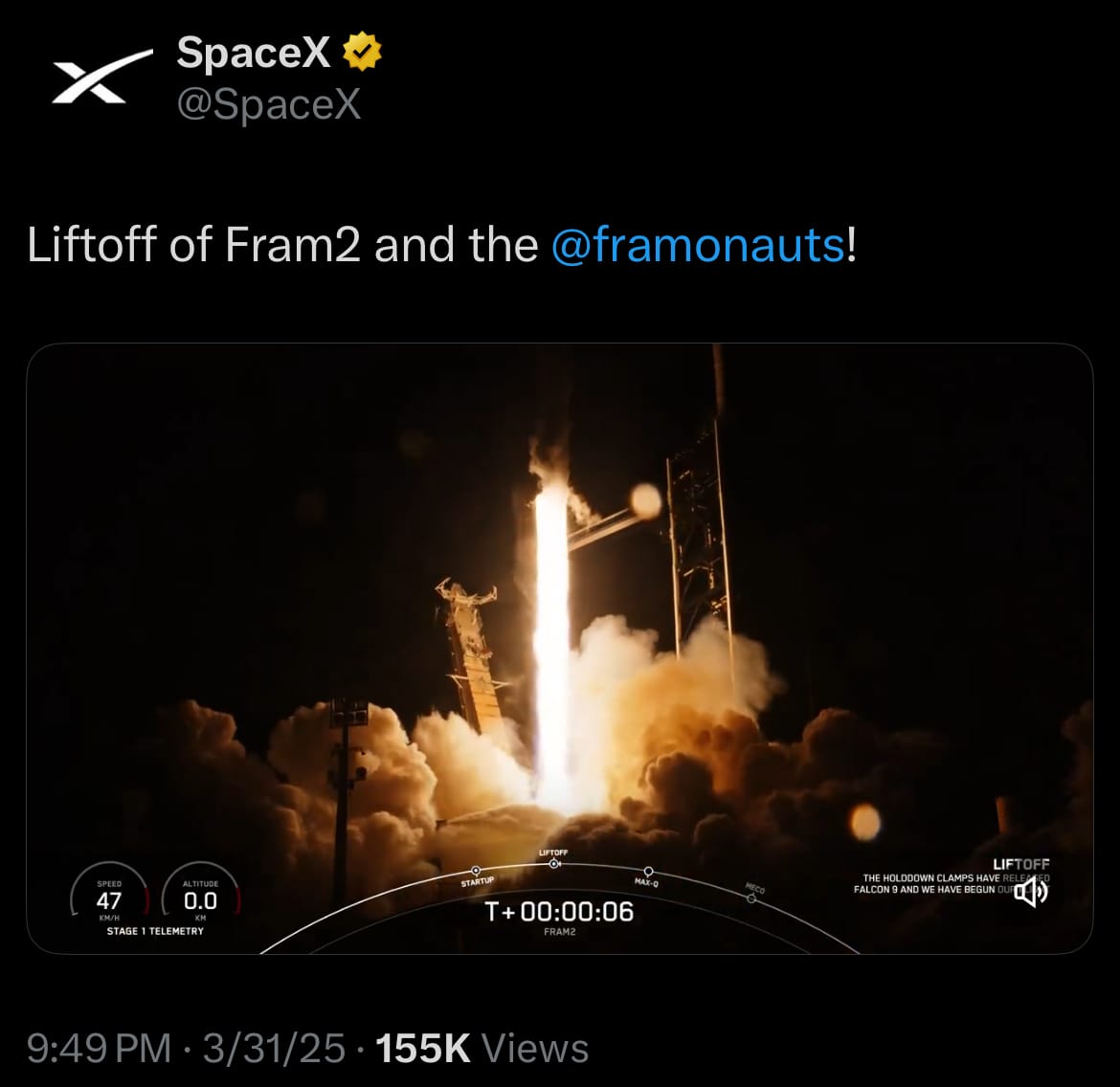
Statistic:
- Largest public telecommunication companies by market capitalization:
- 🇺🇸 T-Mobile US: $304.51B
- 🇨🇳 China Mobile: $234.62B
- 🇺🇸 AT&T: $202.99B
- 🇺🇸 Verizon: $190.95B
- 🇩🇪 Deutsche Telekom: $181.46B
- 🇺🇸 Comcast: $139.17B
- 🇮🇳 Bharti Airtel: $121.14B
- 🇺🇸 American Tower: $101.71B
- 🇨🇳 China Telecom: $94.46B
- 🇯🇵 NTT (Nippon Telegraph & Telephone): $80.27B
- 🇯🇵 SoftBank: $72.22B
- 🇯🇵 KDDI: $69.72B
- 🇸🇦 Saudi Telecom Company: $60.29B
- 🇺🇸 Charter Communications: $52.40B
- 🇺🇸 Crown Castle: $45.38B
- 🇲🇽 America Movil: $44.11B
- 🇸🇬 Singtel: $42.90B
- 🇦🇪 Emirates Telecom (Etisalat Group): $40.01B
- 🇫🇷 Orange: $34.48B
- 🇭🇰 China Unicom: $34.41B
- 🇦🇺 Telstra: $30.57B
- 🇹🇼 Chunghwa Telecom: $30.42B
- 🇨🇭 Swisscom: $30.05B
- 🇪🇸 Telefónica: $26.34B
- 🇪🇸 Cellnex Telecom: $24.80B
History:
- The history of canals and strategic waterway control spans millennia, driven by their critical role in trade and military power. Around 4000 BC, Mesopotamia’s earliest known canal supported irrigation and goods transport, establishing a model for future projects. By 2000 BC, Egypt linked the Nile River to the Red Sea via canals, directly boosting trade with the Arabian Peninsula. In China, the Grand Canal, initiated in the 5th century BC and completed by the 7th century CE, stretched over 1,100 miles to connect the Yellow and Yangtze Rivers, serving as a lifeline for commerce and national cohesion. During the Middle Ages, Venice dominated Adriatic Sea routes, amassing wealth and influence, while the Ottoman Empire’s 15th-century control of the Bosporus and Dardanelles Straits secured its regional dominance. The Industrial Revolution brought the Suez Canal in 1869, engineered by France’s Ferdinand de Lesseps and later managed by Britain, slashing shipping times between Europe and Asia and fueling colonial expansion.
- In the modern era, waterway control remains a geopolitical linchpin. The Panama Canal, completed by the U.S. in 1914 after France’s failed effort, bridged the Atlantic and Pacific, with U.S. oversight lasting until Panama assumed control in 1999 via the Torrijos-Carter Treaties; today, China’s investments nearby signal its strategic interest. Egypt nationalized the Suez Canal in 1956 under Nasser, sparking the Suez Crisis with Britain, France, and Israel, and its importance endures—evidenced by the 2021 Ever Given blockage costing billions in trade delays. Russia’s Volga-Don Canal and Turkey’s Bosporus governance shape Eurasian access, while melting Arctic ice opens new routes, intensifying competition among Russia, Canada, and others. As of 2025, these waterways underpin global trade and security, with nations and corporations fiercely contending for influence amid advancing technology and geopolitical shifts.
Image of the day:
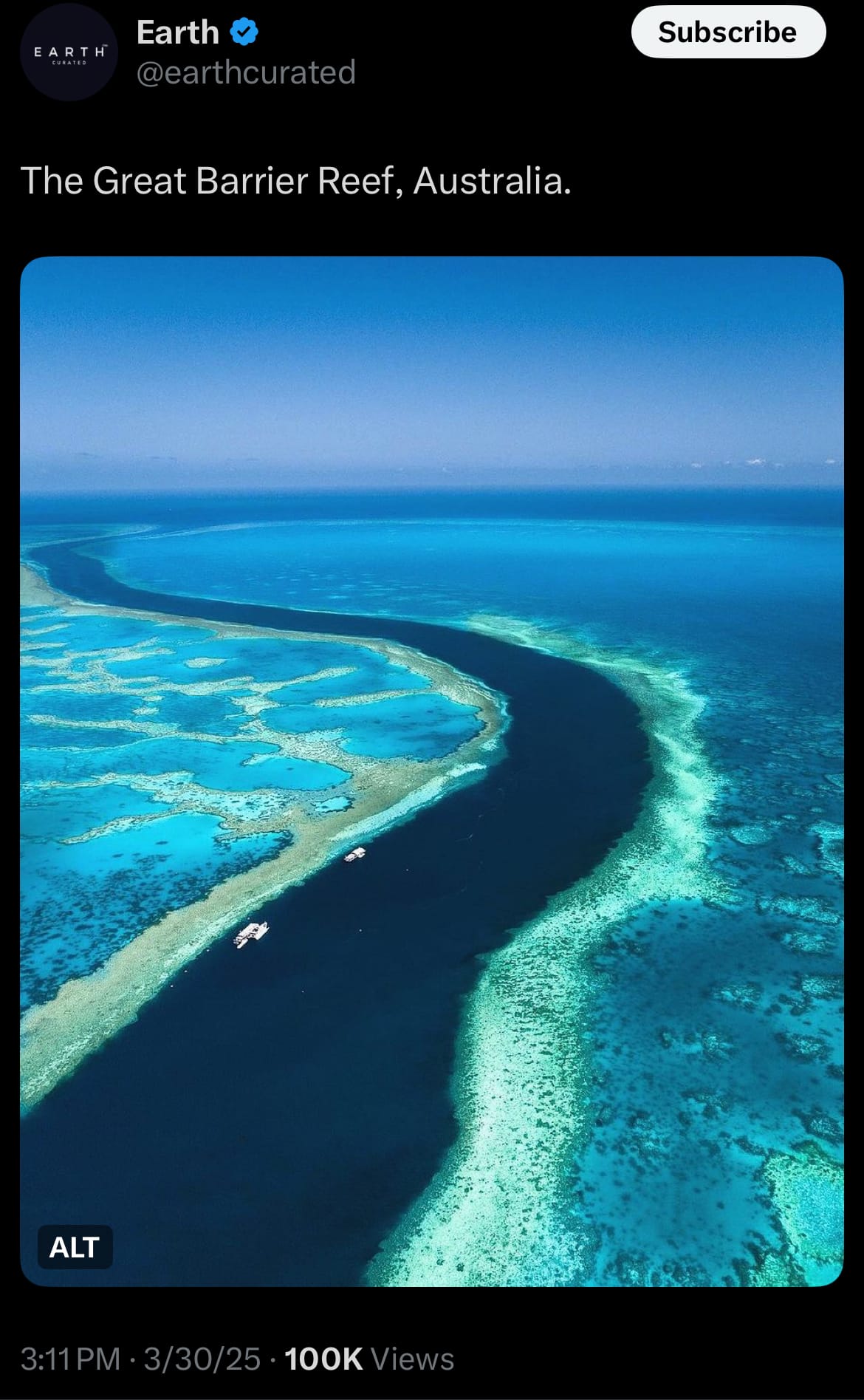
Thanks for reading!
Earth is complicated, we make it simple.
Click image to view the Earth Intelligence System:
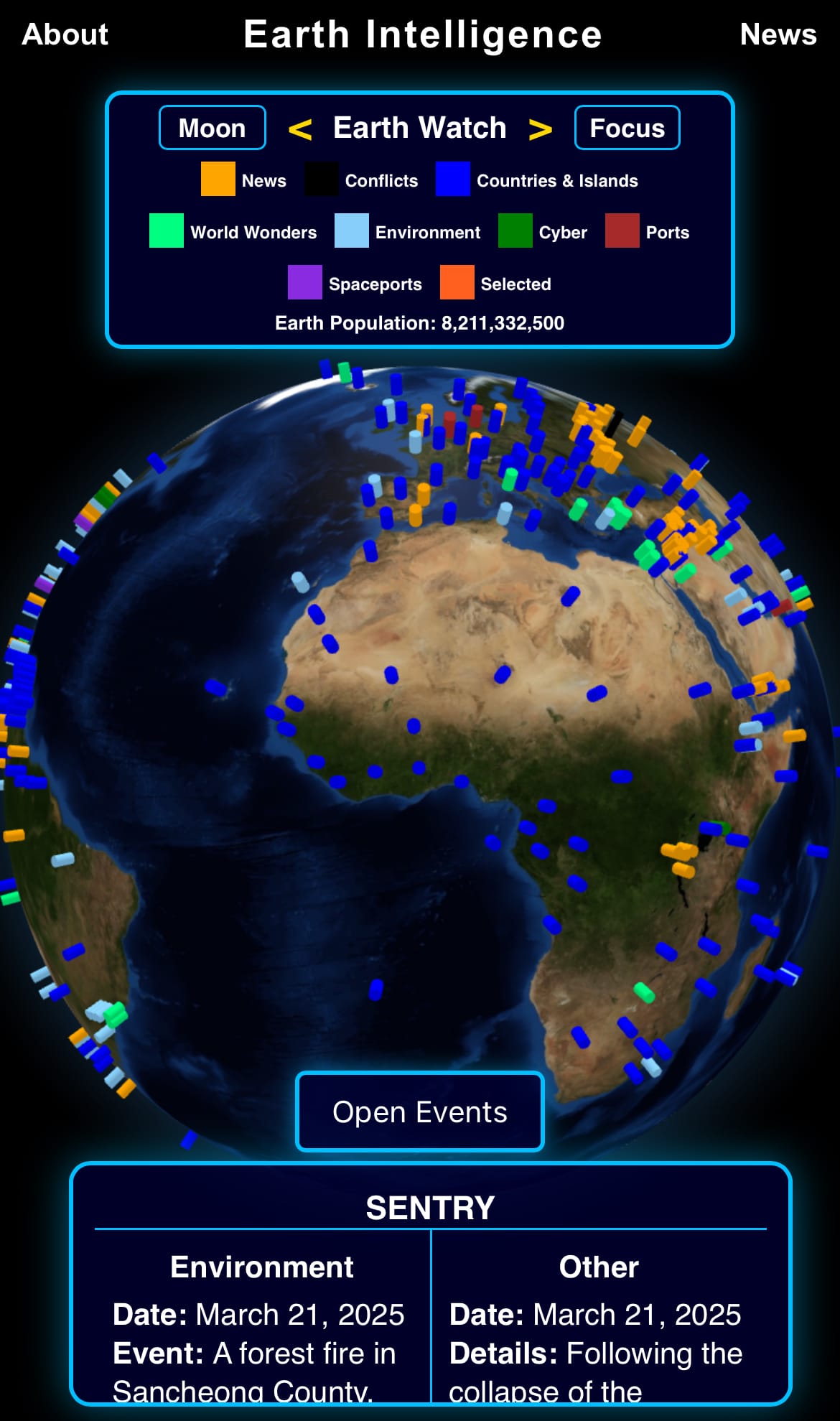


Support/Suggestions Email:
earthintelligence@earthintel.news


